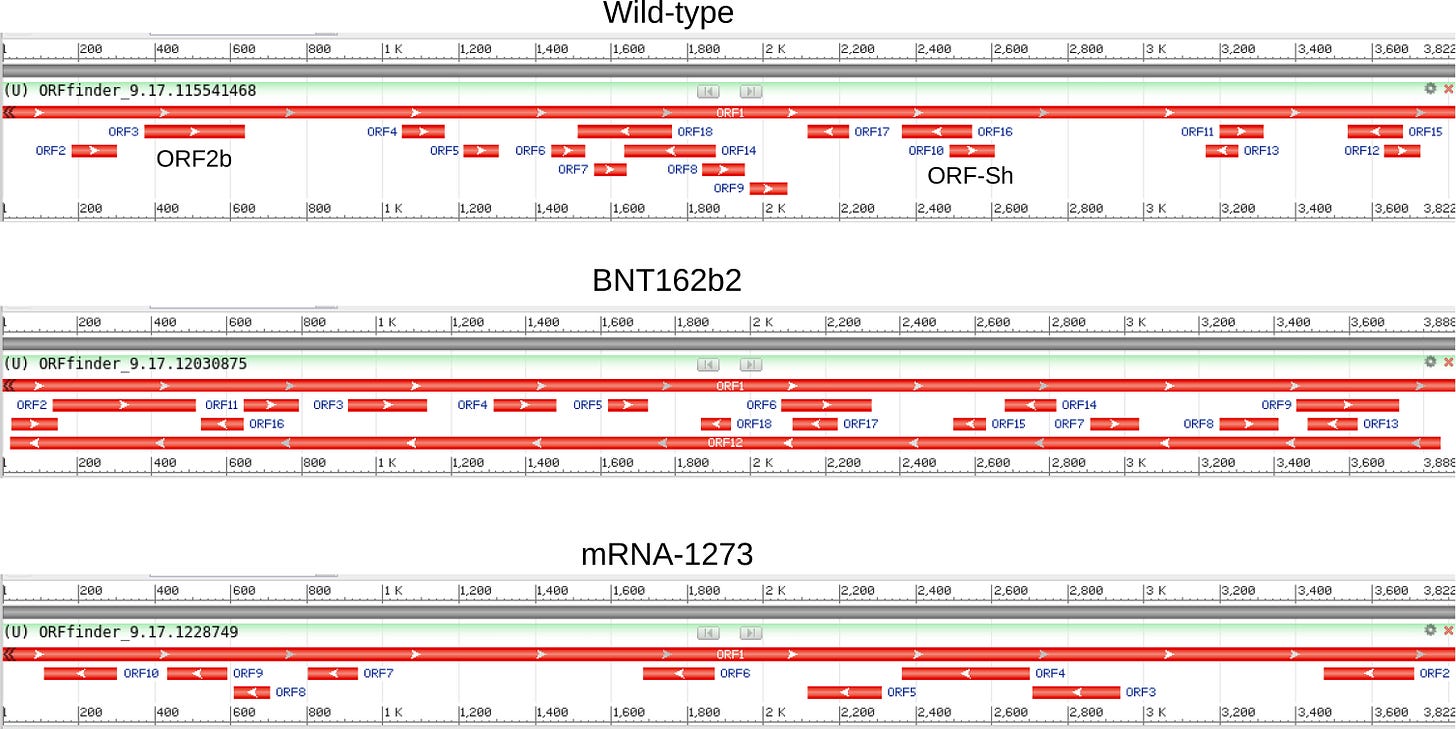Over the past few years, I’ve watched closely as COVID-19 unfolded and the medical community responded with remarkable speed. As a physician and researcher, I was deeply involved in understanding the virus, the disease process, and the innovations that followed. One of the most groundbreaking developments was the rollout of mRNA vaccines. These were introduced as a targeted, elegant solution designed to teach our cells how to make the spike protein, allowing the immune system to build its defense. But as time went on, I began to notice something that didn’t fit the original narrative.
People began reporting strange symptoms well after infection or vaccination. Some developed persistent fatigue, brain fog, and cardiovascular issues. Others described sudden clotting episodes and unusual fibrous material found post-mortem. I had a direct conversation with an embalmer who shared photos of large, rubbery clots that were entirely different from anything seen before. These weren’t isolated cases. The reports kept growing, and I knew there had to be a deeper mechanism at play.
That’s when I started diving into the genetic side of the story. I came across the concept of hidden open reading frames, or ORFs. These are sections of RNA that may not be obvious in the standard annotation of the genome. When scientists optimize mRNA for translation in human cells, they often change the codons to improve efficiency. However, those changes can accidentally create overlapping reading frames. In simple terms, that means new protein-coding instructions can emerge within the same strand of mRNA.
Think of it like this. If the original mRNA is a sentence meant to say "Make spike protein," codon optimization might rearrange the letters in a way that now creates another sentence layered underneath. That second message might say something completely unintended. In biology, the ribosome is the reader, and it sometimes picks up those hidden messages. These aren’t always translated into functional proteins, but when they are, the consequences can be unpredictable.
Recent scientific work, including a paper titled Are There Hidden Genes in DNA/RNA Vaccines?, has highlighted the real possibility that the mRNA vaccines contain sequences that could be translated into small, unintended peptides. These are not part of the spike protein but emerge from overlapping ORFs or cryptic start codons. Some of these peptides may have biological activity. They could interact with our immune system, affect our vascular lining, or even interfere with the body's natural clotting and repair processes.
One of the most compelling pieces of this puzzle comes from research showing that these unintended peptides may behave in ways similar to animal venom components. For example, the study by Brogna and colleagues published in F1000Research found conotoxin-like and phospholipase-like peptides in the plasma and urine of COVID-19 patients. These peptides were not found in controls. Where were they coming from? The authors proposed that SARS-CoV-2 might be triggering these peptides, either through host cell mechanisms or possibly through interaction with bacterial populations. But another possibility is that similar mechanisms could be at work in mRNA-vaccinated individuals, especially if hidden ORFs are being expressed.
Brogna, Carlo, et al. "Toxin-like peptides in plasma, urine and faecal samples from COVID-19 patients." F1000Research 10 (2021): 550.
This doesn’t mean the mRNA vaccines were designed with ill intent. It simply highlights the biological reality that when we work with genetic code, we’re dealing with a highly complex system. Our cells don’t just read the one message we send them. Under certain conditions, they may find alternate messages and act on them. This isn’t conspiracy; it’s a known limitation of genetic engineering that scientists have been grappling with for years.
The important question now is what we do with this information. Shouldn’t we be screening for hidden ORFs in every mRNA construct used for medicine? Shouldn’t we be monitoring patients more carefully for signs of unexpected immune or vascular effects? We have the technology to do this, but what we need is the will to ask the harder questions.
As more research emerges, we must be willing to re-examine our assumptions. The mRNA vaccine may indeed do what it was designed to do, but we now know it might also be doing more. Understanding that "more" is the key to preventing harm and improving future designs. I believe we owe it to ourselves and to those affected to explore this issue with scientific integrity and an open mind.
If you're reading this and it resonates with what you've experienced or observed, you’re not alone. The science is catching up, and the hidden layers of the mRNA code are beginning to speak for themselves.
Please support my research efforts by subscribing to Vejon Health Substack. Your support allows me to continue bringing you my insights in a timely and effective way.











